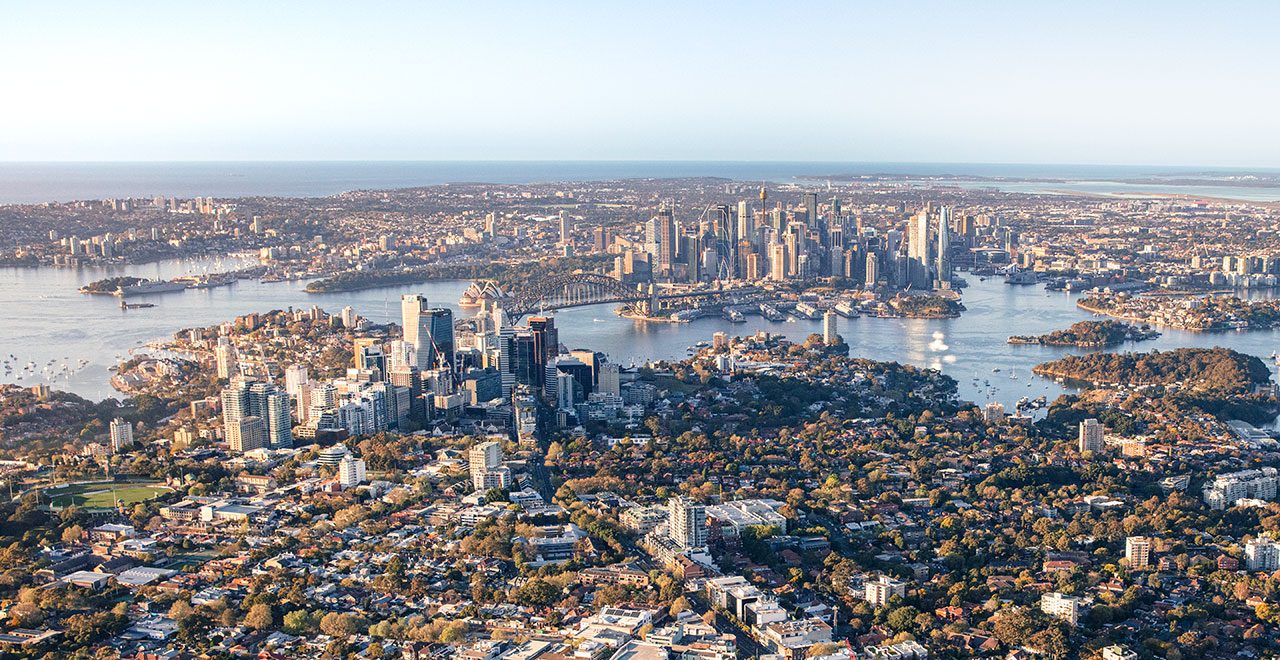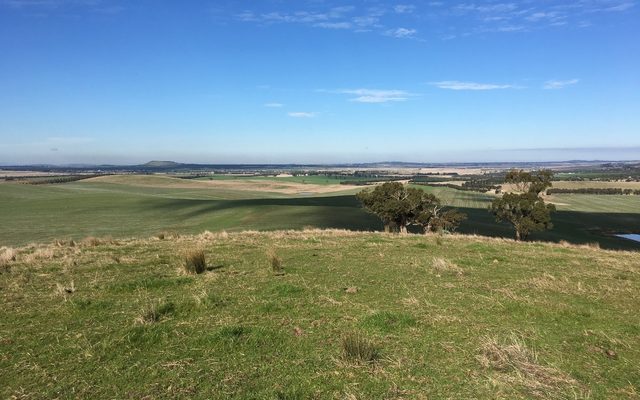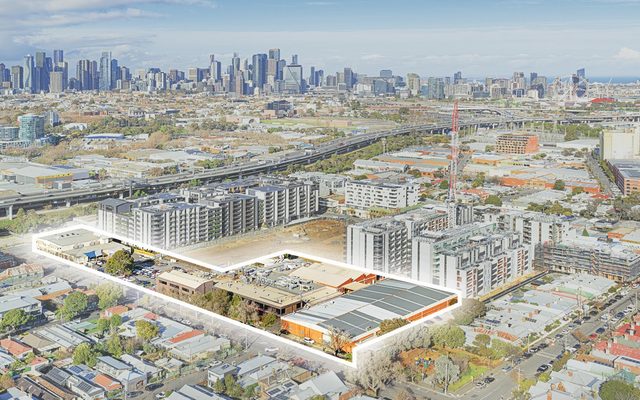This article is from the Australian Property Journal archive
THE NSW government will overrule local Council controls in low and medium-density areas, fast-tracking the delivery of up 112,000 homes across a greater diversity of forms.
Residential flat buildings of three to six storeys, terraces, townhouses, duplexes and smaller one-storey to two-storey apartment blocks will now be allowed in locations across the Greater Sydney region, Hunter, Central Coast and Illawarra in which they had previously prohibited by zoning controls.
It would unlock 30% of the number of homes NSW needs to meet under its Housing Accord target of 377,000 new homes by 2029.
The government had identified a “significant” gap in the approval of density, with terraces and one-storey to two-storey unit blocks allowed under Residential 2 (R2) zoning in only two of 32 Local Environmental Plans (LEPs). R2 is a zone for land that is made up of low-density housing.
“This ‘missing middle’ has meant that low-rise density has been ignored in the face of a growing housing crisis,” the government said yesterday.
Additionally, 60% of Residential 3 zones across Sydney presently prohibit residential flat buildings of any scale.
The proposed changes would allow two separate homes on a single lot in all R2 zones across NSW, terraces, townhouses and 2-storey apartment blocks near transport hubs and town centres in R2 low-density residential zones across the Greater Sydney region, Hunter, Central Coast and Illawarra, and mid-rise apartment blocks near transport hubs and town centres – within 800 metres – in R3 medium-density zones and appropriate employment zones.
The government will amend a State Environmental Planning Policy (SEPP) to enact these changes while simultaneously encouraging councils to add these types of dwellings to their own planning rules.
If a local government’s planning rules match – or go further than – the new policy, the state government changes will not apply.
“Sydney is one of the least dense cities in the world but fewer than half of councils allow for low-rise and mid-rise residential buildings in areas zoned for such homes,” Minister for Planning and Public Spaces Paul Scully said.
“We’re confronting a housing crisis so we need to change the way we plan for more housing, we can’t keep building out we need to create capacity for more infill, with more diverse types
He cited “density done well” – townhouses, apartments and terraces clustered near shops, high streets and parks – in Wollstonecraft, Waverton, Erskineville, parts of Wollongong and Newcastle.
“They’re great places to live. We just need more of them,” he said.
The reforms were welcomed by property industry representative bodies.
“Sydney needs to move beyond a village mentality if it was the deliver the housing – for purchase or for rent – that was so sorely lacking,” Urban Taskforce CEO, Tom Forrest said.
The NSW planning system and the current Sydney Region Plan had failed to realise the potential of medium-density infill development. Today’s announcement marks the start of the Minns Government redressing this failure.”
UDIA CEO Steve Mann said, “While dual-occupancies and six-storey flat buildings alone won’t solve the housing crisis, every new policy which results in more diverse and accessible homes is a win for NSW residents”.
He said the policy must clearly define what is meant by a “transport hub” and not detract from opportunities to introduce higher densities for transit-oriented developments where it is appropriate and needed.
“The policy must also ensure areas already zoned R3 medium density close to transport hubs are safeguarded and councils are not allowed to down-zone these locations,” he said”.




